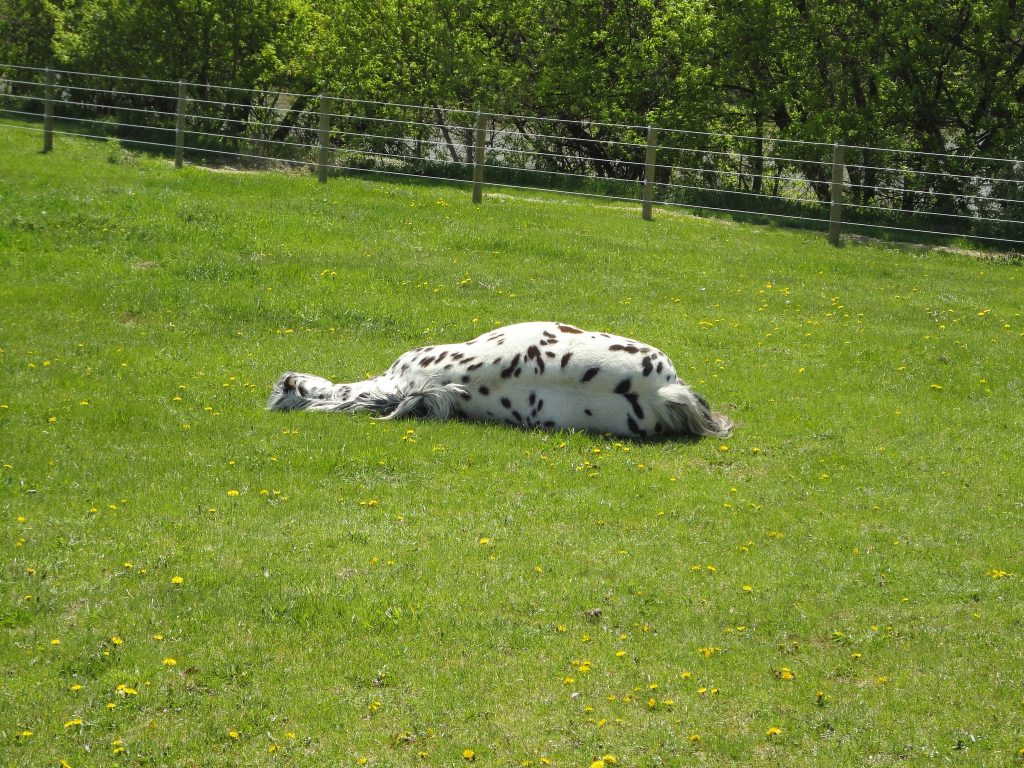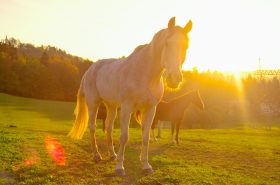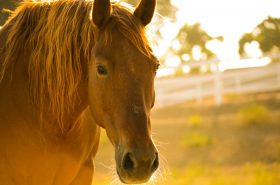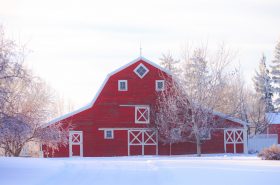A thorough inspection may uncover some surprises.
Horses are large animals and can do considerable damage without even trying. Putting a horse in a stall where he may easily get bored may cause him to develop some bad and potentially harmful habits. As your horse expends his pent-up energy, these bad habits become almost impossible to break. Some of the most common bad habits include chewing, wind sucking or cribbing, weaving, pawing, stall walking, and kicking. Although not as common, others include rubbing and drinking too much water.
Many people think chewing and cribbing/wind-sucking are the same, but they actually differ.
When a horse cribs, he puts his teeth on something, like a stall door, and sucks air in big gulps. Cribbing is not actually chewing, although it can be damaging to property and to the horse. Chewing is when the horse actually chews on and sometimes swallows something he shouldn’t, such as wood from a stall wall. Both of these actions can damage the stall. Even if your horse doesn’t chew or crib, everyday wear-and-tear on the stall will call for periodic maintenance and safety checks. Look at your horse’s stall a little more closely. Are there teeth marks on the wood? Will your fingers find something that your eyes didn’t? It’s a good idea to make a thorough stall inspection to ensure nothing has been overlooked. Develop a routine to periodically inspect your stalls from bottom to top.
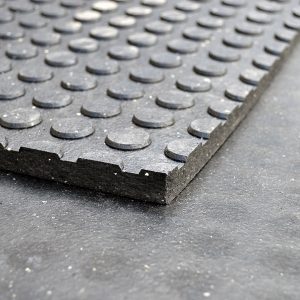
Start with the stall floors. Pull back the bedding and assess the floor.
Pawing on a concrete or wood floor can wear down a horse’s toes or loosen a shoe. On dirt floors, pawing can create holes and uneven footing. Horses who weave often do so right by the stall door. Weaving, which is when a horse transfers weight from one front leg to the other, can produce hazard pits at the entrance to the stall. Using stall mats can help alleviate the stress on your horse’s legs, as well as prevent pitted floors. On a dirt floor, normal day-to-day wear can cause ruts, especially if your horse habitually follows the same pattern as he walks the stall. If he circles excessively, he is wasting bedding. This also makes for an extremely messy stall that will take longer to clean. Once again, using stall mats will make cleaning easier and reduce waste because the floor won’t be churned up.
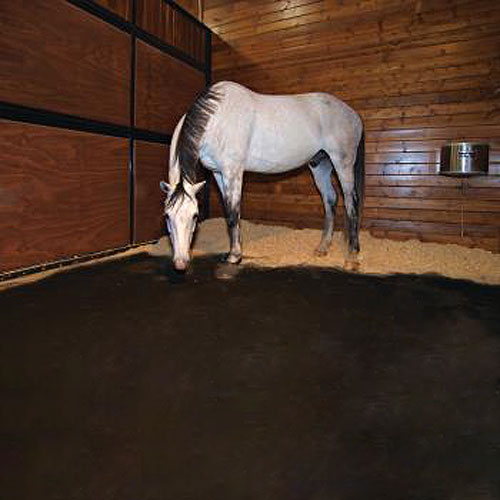
When doing your inspection, don’t forget to check the condition of your stall mats.
If the edges are curling, flaky, or soft, or if the mat has developed an odor, it is time to replace it. Working your way up, visually inspect your walls. Look for telltale signs of kicking. Feel the walls with your fingers. You may find a splinter, loosening nail, or soft board that your eyes missed. Move over to your feed bin. Is it cracking or rusting? If so, replace it. The cracks will only get bigger and the rust can form sharp-edged holes. If you have automatic waterers, make sure they’re working properly. If you are using your waterer’s heating system, make sure electrical cords are in good repair. Test to ensure all waterers are working properly. Even in barns without electric or running water, insulated buckets can be used to help keep fresh water available to your horse. Horses need approximately the same amount of water in the winter as in the summer. Lack of water can affect the digestive system and cause impaction colic.
Bad Habits
Allowing a horse to put his head out of his stall can greatly reduce boredom and help prevent him from developing these bad habits. However, make sure that the opening you construct for your horse is a safe one. Cover exposed wood so he can’t chew the door and so that wood won’t splinter off when he rubs it. Metal fittings made specifically to cover wood discourage chewing and won’t splinter. Do not create an opening so big that a horse may be tempted to try to escape. There may be times when it is necessary to keep a horse completely contained in his stall, such as when other horses are being moved through the aisle. Make sure stall openings can be closed off so your horse cannot reach out and bite another.
Also remember that if a horse can reach something, chances are he’ll pull it into his stall and step on it.
You are responsible for your horse’s actions. Make sure there is NOTHING within reach for him to grab, including things you may not think of, like a light switch or door latch. It’s always a good idea to have a halter and lead rope on each stall; make sure it is out of reach of your horse but easily accessible to you. Continue your inspection to the top of the stalls walls. If your horse is tall enough to see over the wall, consider covering the tops of the walls with metal edgings. If possible, make walls tall enough so that neighboring horses can’t bite each other, but still allow for proper ventilation. Horses with a lot of pent-up energy may rear up in their stalls and taller walls will help prevent them from getting hung up on the walls.
Boredom
Of course, the best way to treat and prevent bad habits, and to alleviate boredom in general, is by providing the horse with adequate turnout time. If a large area is not available, even some time outside in a round pen will allow your horse to release some energy. If turnout is not always possible, give the horse a toy. A couple of milk jugs tied together with baling twine and hung from the ceiling makes an inexpensive, yet safe distraction. There also are many commercial toys on the market designed for the stabled horse. Allowing the horse to look out and see things also helps, but remember safety first. As large as horses are, they are still as fragile as kittens. It is up to us to provide them with a stall that will help protect them from more than just the elements.

